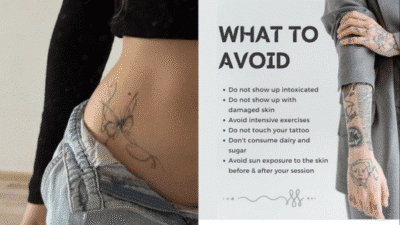Creative art ideas open the door to expressing yourself in ways that fit your skills and interests. Whether you prefer painting, collage, or mixed media, there are simple yet effective projects that can ignite your creativity. The best approach is to start with projects that feel manageable and gradually introduce new techniques to keep your artistic journey engaging.
You don’t need complex materials or advanced skills to create meaningful art. Using basic tools and experimenting with patterns, textures, or journaling can provide rewarding results. By exploring different methods, you build confidence and deepen your connection to the creative process.
The key is to embrace variety in your practice, combining sketching, layering materials, and mindful repetition to develop your personal style. This variety keeps your work fresh and encourages continual growth as an artist.
Key Takeways
- You can express creativity through simple, manageable projects.
- Experimenting with materials and techniques builds artistic confidence.
- Combining different approaches helps develop a unique art style.


Exploring the Creative Process
Your ability to generate and develop ideas shapes your artistic work. This involves gathering inspiration, refining concepts, and finding ways to move past obstacles that come with creating something new.
Brainstorming for Original Art Concepts
Start by listing all ideas that come to mind, no matter how simple or unusual. Use techniques like mind mapping or free writing to expand your thoughts quickly.
Focus on variety—mix different themes, materials, and moods to find unexpected combinations. You can also sketch rough drafts or collect reference images to help visualize your concepts.
Keep your environment open and distraction-free, so your thoughts flow without interruption. Remember, the goal is quantity at this stage, not perfection.
Transforming Inspiration Into Art
Once you choose your strongest idea, begin breaking it into actionable steps. Define which materials and techniques best suit your concept. Experiment with different approaches to see what brings your vision to life.
Document your progress by taking photos or notes. This helps track changes and refine your work over time. You should also consider how narrative and emotion can deepen the connection with your audience.
The process here is iterative—repeat, reassess, and adjust until you reach a satisfying result.
Overcoming Creative Blocks
When stuck, try shifting your focus or changing your routine. Simple actions like walking, listening to music, or exploring unrelated creative activities can reignite inspiration.
Avoid self-criticism. Instead, view blocks as part of the process. Break projects into smaller tasks to reduce overwhelm and create momentum.
You might also revisit your brainstorming notes or seek feedback. Fresh perspectives often reveal new directions and solutions.
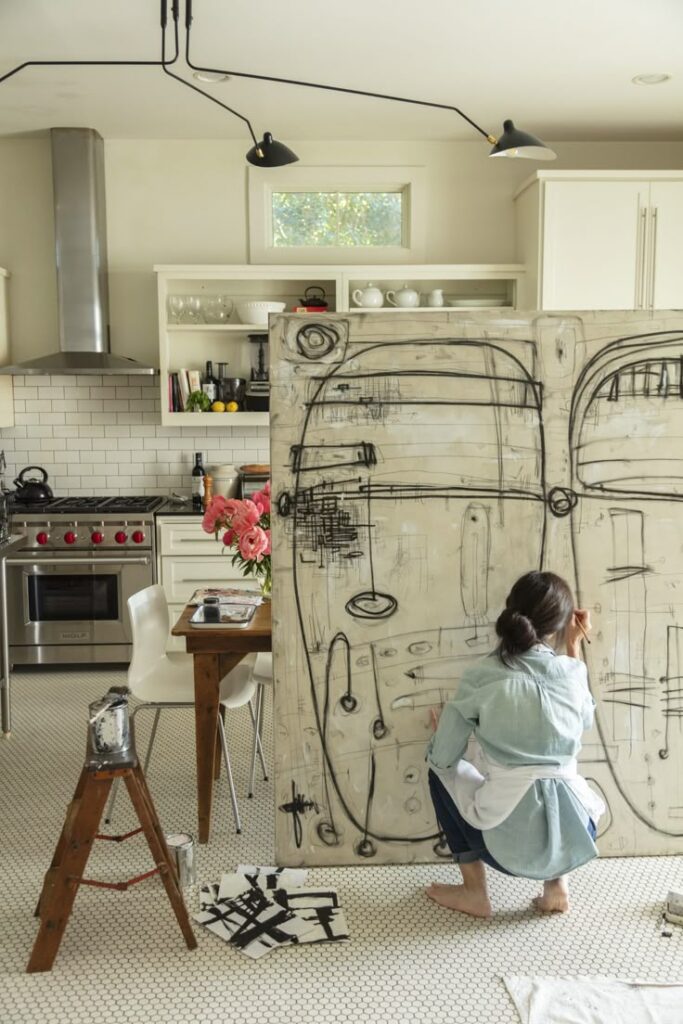

Sketching and Drawing Techniques
You will find that developing your skills involves exploring diverse approaches to sketching and drawing. Focusing on exercises that stimulate creativity, mastering pencil control for detailed portraits, and experimenting with line work can build a solid foundation for your art.
Innovative Sketchbook Prompts
Use your sketchbook as a tool to push boundaries and generate new ideas. Try prompts like drawing everyday objects from unusual angles or combining unrelated subjects into one composition. For example:
- Sketch your workspace using only geometric shapes.
- Create a series of thumbnails showing the same scene in different lighting.
- Invent a creature by merging animal features.
These prompts stimulate fresh viewpoints and prevent repetitive sketches. They encourage you to observe keenly and make quick, spontaneous marks, which enhances muscle memory and confidence over time.
Expressive Portraits With Pencil
Focusing on pencil portraits improves your ability to capture likeness and emotion. Concentrate on shading techniques, such as hatching and cross-hatching, to build depth. Observe the face’s planes and shadows carefully, rather than just outlining features.
Pay special attention to eyes and mouth, as they are crucial for expression. Use softer pencils (like 4B or 6B) for shadows and harder pencils (2H) for light areas and details. Regular practice with live models or photographs helps improve your observational accuracy.
Dynamic Line Art for Beginners
Start your line art practice by mastering line weight variation, which adds movement and interest to your drawings. Use thicker lines to emphasize outlines or areas closer to the viewer. Thinner lines work well for details and distant elements.
Try exercises like continuous line drawing or gesture drawing to loosen your hand and capture energy quickly. Avoid overworking the drawing; instead, aim for confident, clear strokes. This technique is useful for creating lively sketches and sets a strong base for later adding shading or color.


Collage and Mixed Media Inspiration
You can expand your creative practice by combining various materials and textures within your collages. Using unexpected elements and thematic choices enables you to add depth and personal meaning to your artwork.
Found Object Collage Ideas
Incorporating found objects into your collages can create striking visual contrasts and tactile interest. Everyday items like ticket stubs, leaves, or small pieces of metal can become focal points or subtle accents.
Consider the durability and size of objects to ensure they integrate well with paper and paint. Use adhesives that support heavier elements, such as gel medium or strong glue, to keep your collage stable.
Found objects often tell a story or bring nostalgia, adding layers of meaning. Arranging them thoughtfully—either clustered or spaced apart—will affect your piece’s balance and emphasis.


Incorporating Textiles and Paper
Using textiles alongside various paper types enriches your mixed media collage with contrasting textures. Fabrics like burlap, lace, or denim add softness and dimension against smooth or painted surfaces.
Explore layering paper with different weights and finishes—such as tissue paper, handmade paper, or newspaper—to enhance complexity. You can combine torn edges with crisp lines to create visual variety.
Fix textiles and paper securely with gel mediums or matte mediums, which dry clear and maintain flexibility. Experiment with stitching or glue to incorporate fabric without overpowering your design.
Thematic Mixed Media Projects
Defining a clear theme guides your material choices and composition in mixed media projects. For example, exploring nature may prompt you to gather organic materials and earthy colors, while urban themes suit scraps of newspapers and metallic objects.
Use themes to unify diverse elements within the collage, ensuring the artwork conveys your intended message. Planning a color palette and selecting textures that support the theme reinforce cohesiveness.
You can also integrate text or imagery related to your theme for narrative depth. Balancing thematic symbolism with artistic freedom encourages unique and thoughtful creations.
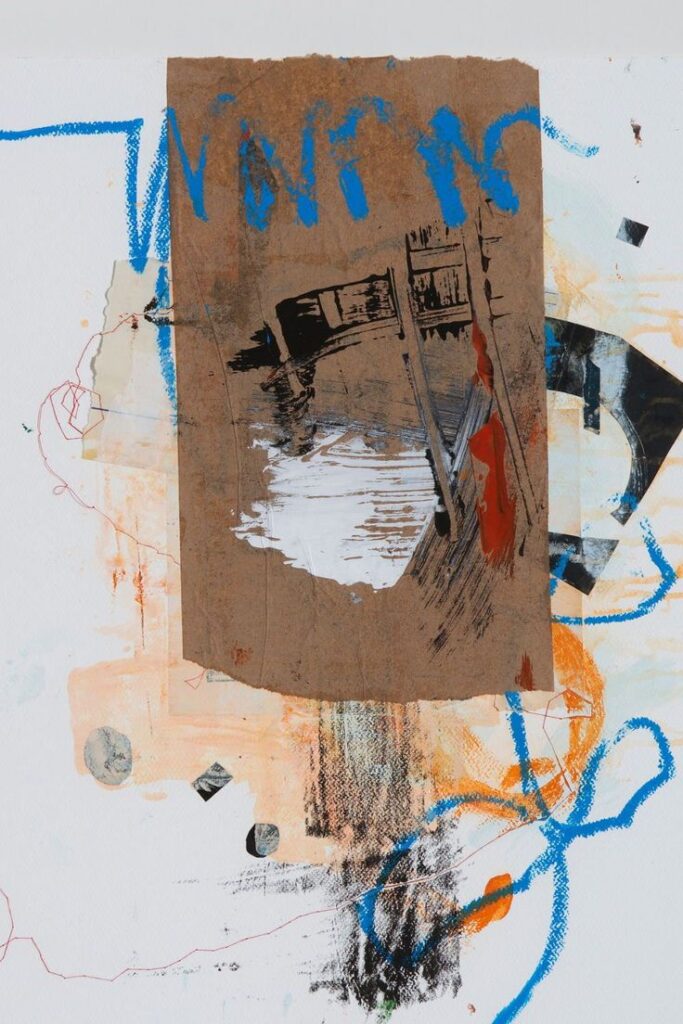
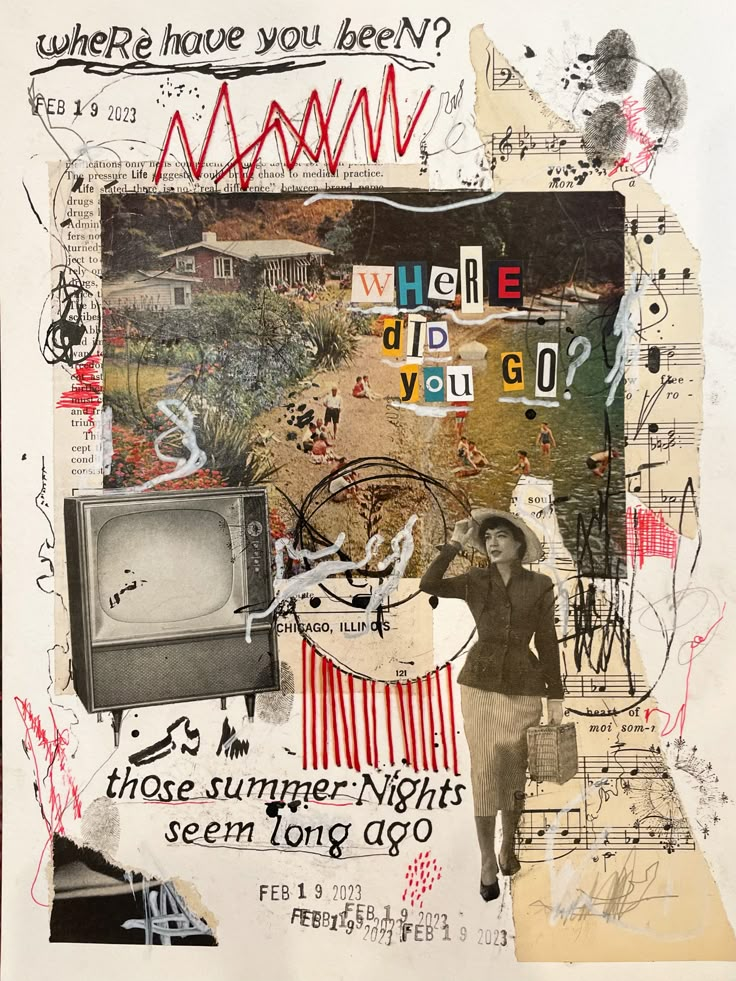
Creative Art Journaling
You can turn your art journal into a personal creative space by choosing materials, themes, and techniques that resonate with you. Exploring daily prompts and combining different media will keep your pages engaging and diverse.
Personalizing Your Art Journal
Start by selecting a journal with paper suited to your preferred media, such as thicker paper for watercolors or mixed media. Use materials that match your style, whether that’s pencils, paints, or collage elements.
Incorporate words, quotes, or personal reflections to make your pages more meaningful. Consider dedicating sections to themes like gratitude, emotions, or goals. Custom covers or tabs can help organize your journal by theme or time.
Your art journal should feel like an extension of your creative voice, so don’t hesitate to experiment with layouts and colors. Storage of tools nearby encourages spontaneous creation.
Prompts for Daily Creativity
Using prompts can spark ideas when you face a blank page. Focus on simple subjects such as “something you love,” “a favorite color,” or “an event from your day.”
Try prompts that encourage reflection, like listing things you’re grateful for or sketching a self-portrait. Keep a list of prompts handy or create your own based on your interests.
Rotate prompts daily or weekly to maintain momentum. You can also combine prompts, such as drawing a loved one surrounded by objects that remind you of them, increasing depth and variety in your journal.
Mixed Media Art Journal Pages
Mixed media encourages combining materials like acrylics, watercolors, collage papers, and ink. Start with a base layer such as watercolor washes or collage to build texture.
Use everyday items like stencils, stamps, or household objects to create unique patterns. Layering different materials adds visual interest and tactile depth to your pages.
Allow drying time between layers to prevent colors from bleeding or materials from warping. Record your techniques and materials used to replicate or evolve ideas in future pages.
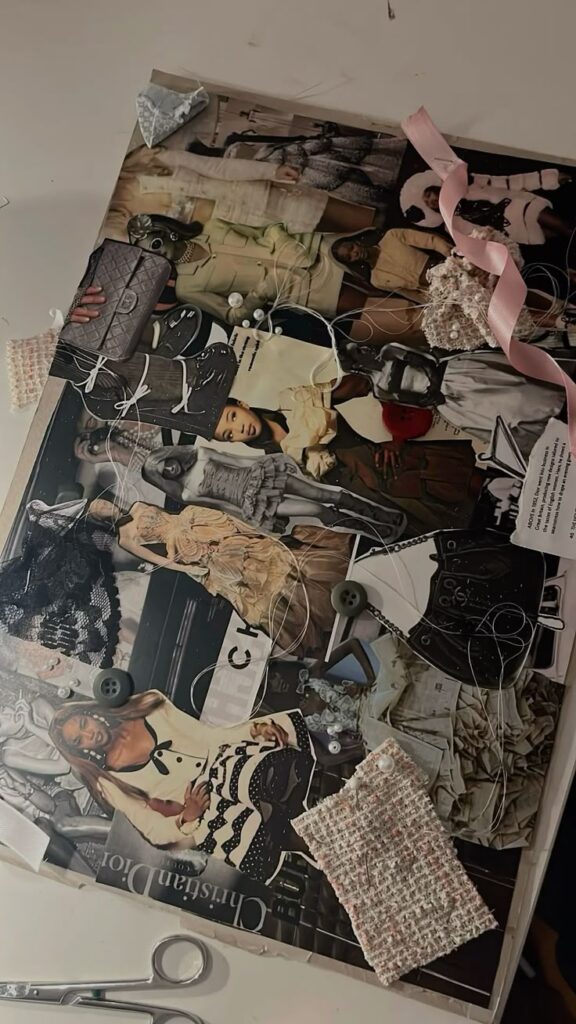

Exploring Mandala and Pattern-Based Art
You can use mandalas and patterns to create visually balanced and meaningful art. Mastering the structure of mandalas alongside strategic color choices enhances both the aesthetic and emotional impact of your work.
Designing Mandalas With Meaning
When designing mandalas, start with a central point and build outward in symmetrical layers. Each layer can represent different concepts or emotions, allowing you to embed personal or cultural significance into your design.
You might incorporate symbols, shapes, or motifs that resonate with your intention. For example, circles often signify unity, while triangles can symbolize balance or growth. Keeping your patterns evenly spaced helps maintain harmony and focus.
Mandala creation can be meditative. As you draw repetitive patterns, your concentration sharpens, potentially increasing your connection to the design’s meaning. Use simple tools like a compass and ruler or digital software for precision.
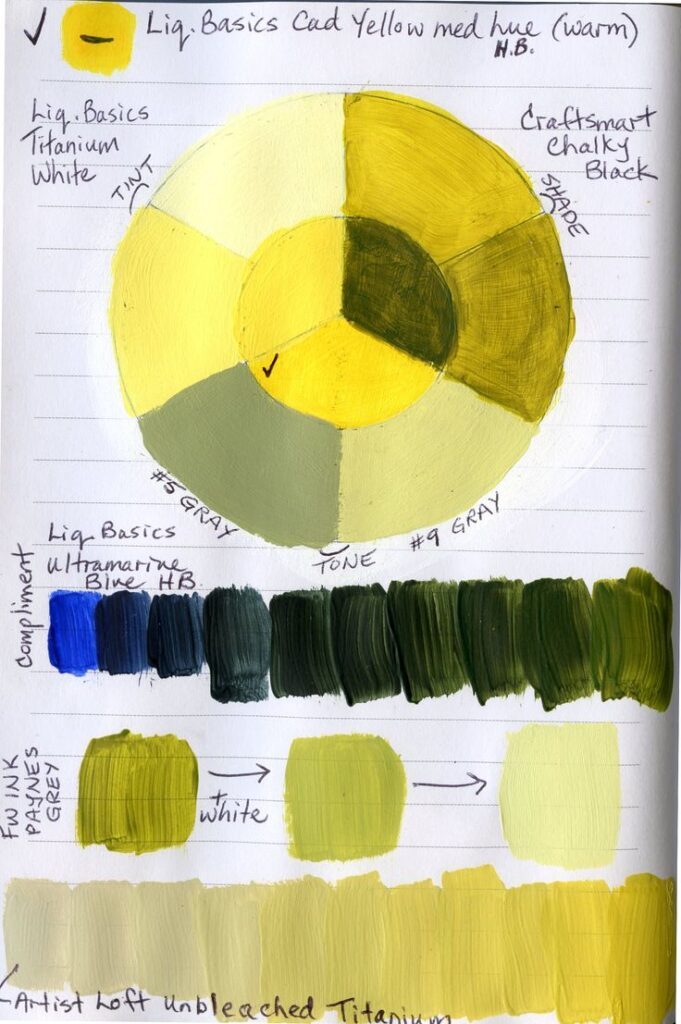
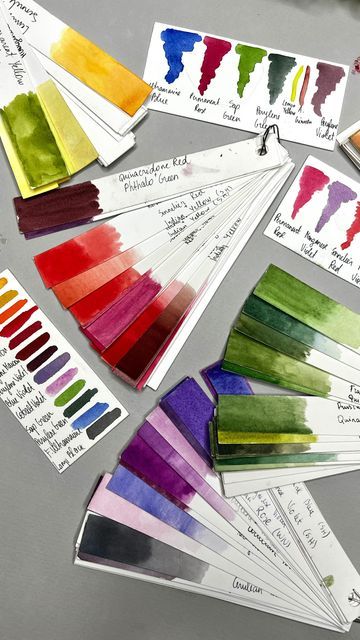
Color Theory in Pattern Art
Color choices profoundly affect how your patterns are perceived. Warm colors like reds and oranges evoke energy and passion, while cool colors such as blues and greens promote calm and balance.
Use contrasting colors to highlight specific elements within your mandala or pattern. Complementary pairs, like blue and orange, can create visual tension and draw attention where needed.
You can also experiment with analogous colors (colors side-by-side on the color wheel) for a harmonious, soothing look. Adjusting saturation and brightness levels in your palette allows further control of mood and emphasis.
| Color Type | Emotional Impact | Use in Mandalas |
|---|---|---|
| Warm (Red, Orange) | Energy, passion | Highlight focal points |
| Cool (Blue, Green) | Calm, balance | Create background harmony |
| Complementary | Tension, focus | Emphasize key patterns |
| Analogous | Unity, smoothness | Soften overall composition |
- 404shares
- Facebook0
- Pinterest404
- Twitter0


